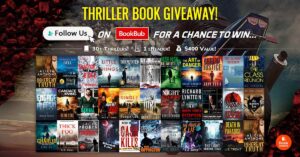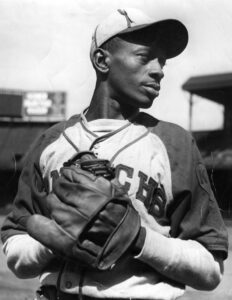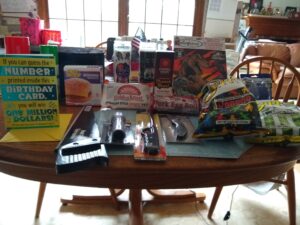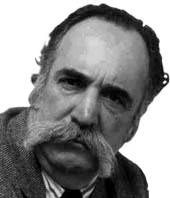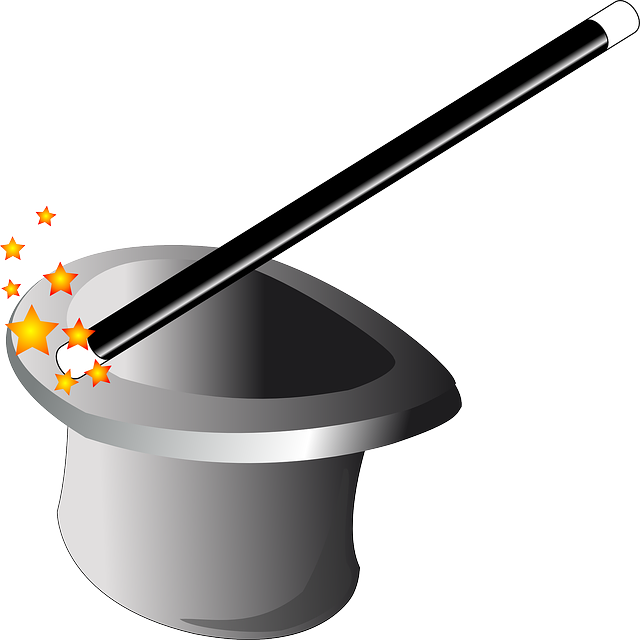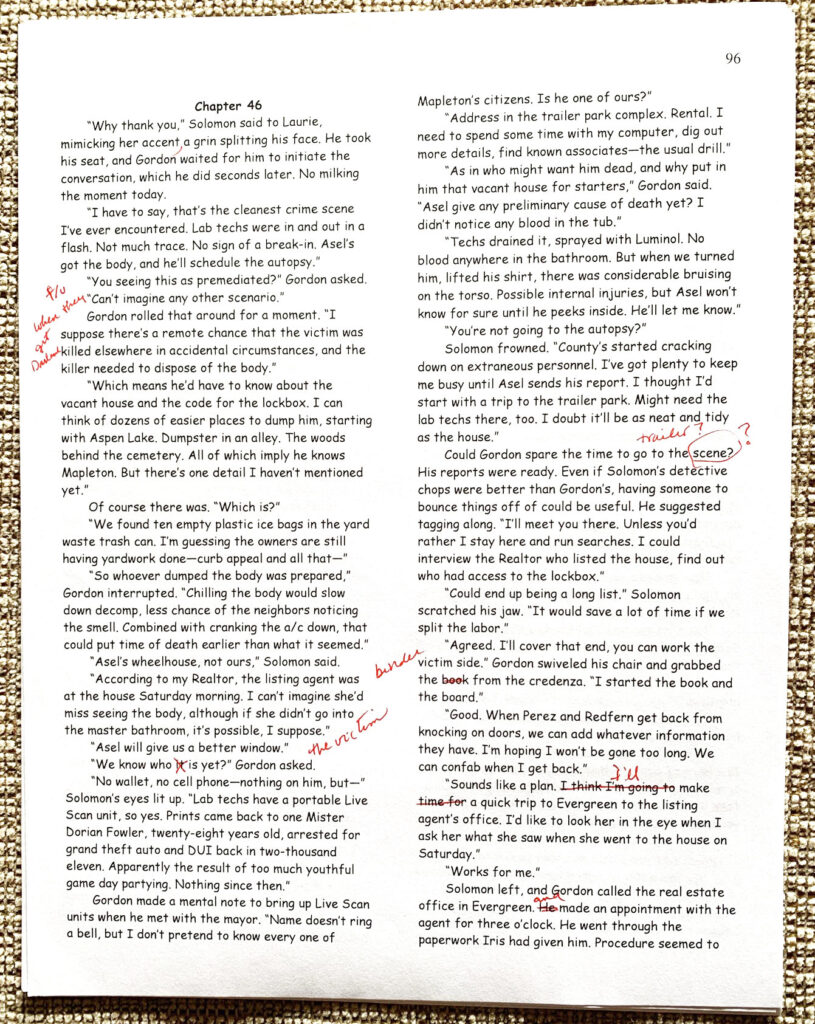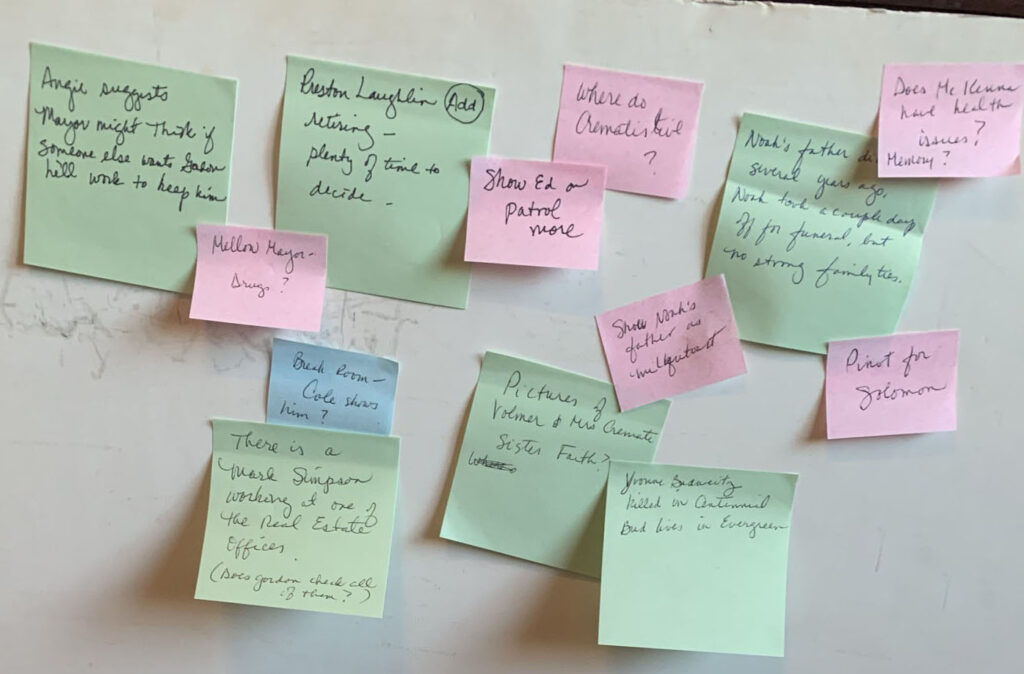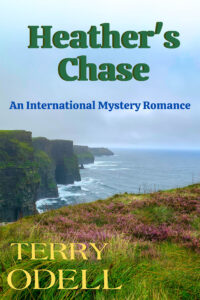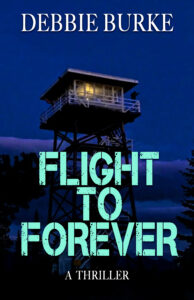(Note: This post will be a little harried, so forgive me if it’s badly edited. I lost a crown Sunday night and my dentist was good enough to get me in Monday morning. Be good to your teeth or they’ll turn on you…)
By PJ Parrish
I like to think I’m a pretty decent writer. But man, I am a lousy editor. And this from a person who spent a good portion of her journalism career working a copy desk.
Try as I might, I am just not very good at ferreting out typos, keeping names of characters straight, and understanding all the variations of lie and lay. This was not a huge problem when my books were published by reputable houses with great line editors and wonderful in-house copy editors. But with the contraction in the industry over the past two decades, most publishers began to farm out editing duties to free-lancers. Not to bash them — many were refugees from staff cuts — but the father workers wander from the main source, the harder it to keep things from going awry. This is partly why print newspapers now have so many errors and typos in them; local copy desks are a thing of the past and stories are edited not in the towns where they are produced but in centralized mother-ship offices. This is why, when I was working in Fort Lauderdale, an editor in our Chicago office changed the color of key lime pie in my story from yellow to green. In all fairness, maybe she didn’t get out much.
But I digress. This week, I am trying to edit one of my old books, Thicker Than Water, as we ready to self-pub it on Amazon. We have done this to most of our backlist titles as we get the rights back to them.
Now here’s the thing: This book, like all the others, went through the rigorous thresher of our previous publishers — first Kensington, then Fawcett, Simon & Schuster, Thomas & Mercer, and some excellent foreign houses. Boy, I had some great editors along the line, including my very first, John Scoglamiglio, who is now editor in chief at Kensington Books.
Still, I am aghast at the errors, typos and flab I am finding. My blood runs cold at this because I know that while readers can be understanding about such things, their trust only can stretch so far.
My point (yes, I have one!) is that whether you hope to be traditionally published or go it on your own, you must do whatever you can do get good editing. How? Well, that’s the problem, right? How to find a good editor is a blog for another day. The good ones don’t come cheap. But I gotta say this: Only a fool thinks they can edit their own book. If you disagree, go read Terry’s January 8 post here on how she tackles editing.
So let me try to set the table by reviewing the three different types of editing you will need and maybe have to fork over good money to pay for. Basically, there are three levels to editing — LINE EDITING, COPY EDITING AND PROOF-READING.
One of the best explanations of the differences I’ve run across comes from publishing expert and teacher Jane Friedman. (Her blog is a must-read for any writer at any level.)
If you’re thinking of hiring an editor, you have to be clear on exactly what the editor will do. I recommend you read Jane’s entire blog on the subject. Click HERE. It is a guest post from Sandra Wendel, book doctor, editor, and author of the book, Cover To Cover: What First-Time Authors Need to Know about Editing. Here are some highlights:
LINE EDIT: an editor examines every word and every sentence and every paragraph and every section and every chapter and the entirety of your written manuscript. Typos, wrong words, misspellings, double words, punctuation, run-on sentences, long paragraphs, subheadings, chapter titles, table of contents, author bios—everything is scrutinized, corrected, tracked, and commented on. Facts are checked, name spellings of people and places are confirmed.
Me here: This is the heavy-lifting of editing. My professional editors would send me lengthy letters that made me want to cry. But the editors were doing their jobs — suggesting plot changes, character enhancements, digressions to fix, time-time errors to correct, places where the pace flagged. If you ever had a good line editor, you know they can make or break a book. Back to Sandra (with bold face from me!)
COPY EDIT: There is confusion about what a copy edit includes. Most of the time, authors want that thorough line edit. If a manuscript is so clean, so squeaky clean, so perfectly written with lovely paragraphing and fine-tuned punctuation, then maybe the manuscript just needs a copy edit. Like never. I can’t even recall a manuscript that has come to me this clean that it would need just one pass for a polish for mechanical issues. Never. Not even books written by professional writers. And not even my own book. I hired out my line editing, and it’s a humbling process. So let’s just agree that when someone says copy edit, they really mean a much deeper and more thorough edit than putting commas in the right place. A copy edit is the lowest level of edit. Rarely does a manuscript need “just” a copy edit. Sometimes a copy edit is a final step performed separately by your editor or someone else with fresh eyes. Some editors (like me) do copy editing all along looking for these types of errors, and a copy edit is part of the line edit.
Here is a checklist of what Sandra says goes into a copy edit:
- Correct any typos, which would include misspelled words.
- Fill in missing words.
- Format the manuscript before production, and that includes just one space between sentences (I don’t care what you learned in typing class in high school, the double space messes up the document when it is converted into real book pages).
- Streamline punctuation and properly use commas, periods, and em dashes—like this.
- Avoid overuse of ellipses to denote a break in thought … when they are really used to show missing text. And those exclamation marks! I allow authors about five in each manuscript. Overuse them, and they lose their punch.
- Make sure the names of characters and places are spelled consistently throughout (Peterson in chapter 1 may or may not be the same Petersen in chapter 6).
- Find and replace similarly sounding words that have different meanings (for example, effect and affect).
- Conduct a modest fact check (perform a Google search to find the exact spelling of Katharine Hepburn or the capital of Mongolia). This isn’t Jeopardy!, so you do get to consult resources. I keep a window open to Google just for such searches.
- Make new paragraphs to break up long passages.
- Question the use of song lyrics and remind the author to get written permission.
- Point out, in academic work, that footnote 6 does not have a reference source in the citations.
- Remove overuse of quotation marks. For emphasis, use italics, but sparingly. Books generally do not use boldface.
- Impose a consistent style for the text (this means using a style guide for capitalization and hyphenation, treatment of numbers, heading levels). The Chicago Manual of Style is preferred unless the work needs to conform to an academic convention such as APA, AMA, or MLA.
Me again. Whew. See the difference? A good copy edit is vital to any book. But don’t confuse it with a line edit. A line edit is a deep tissue massage, and sometimes surgery. A copy edit is a mani-pedi. Which leaves us with the last editing step. From Sandra again, talking about proof-reading, a k a getting your galleys:
PROOF-READ: Let’s say your manuscript is fully edited (no matter which level you chose, sometimes even a developmental followed by a line edit with the same or different editors). Your work will need a proofread either in manuscript format or after it is designed in pages as PDFs. Should you proofread your own work? The short answer is later, if you’re in writing mode. The shorter answer is never. Why? Because it’s your work. And your brain plays funny tricks on you. It will fill in your words, and you’ll be completely shocked when a professional editor returns your edited manuscript. What? How could I miss that?
Me here. (Back from the dentist with a temp crown and a jaw full of novocaine) Okay, that’s the breakdown of what to expect from editing, in a nutshell. Again, I urge you to go read the entire blog. It’s filled with good advice. Hope I’ve left you something good to chew on.

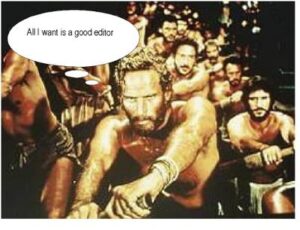
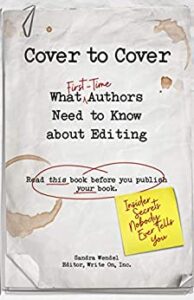
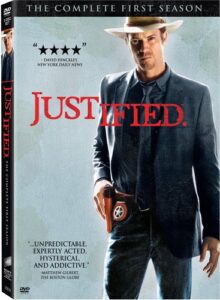 If you haven’t watched Justified, check it out. It’s a goldmine for writers. The FX series is based on Elmore Leonard’s short story, Fire in the Hole, and three books, including
If you haven’t watched Justified, check it out. It’s a goldmine for writers. The FX series is based on Elmore Leonard’s short story, Fire in the Hole, and three books, including 